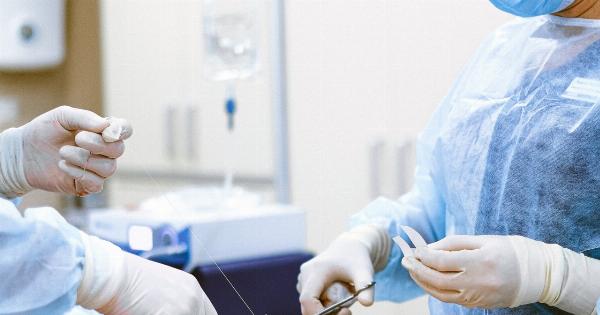Prevention centers play a crucial role in maintaining the health and well-being of individuals. These centers focus on preventing the occurrence or worsening of diseases and conditions through various strategies.
In this article, we will break down the functionality of prevention centers and explore the importance of their role in healthcare.
1. Identification and Assessment
One of the primary functions of prevention centers is the identification and assessment of potential health risks. Through regular check-ups, screenings, and assessments, these centers can identify early signs of diseases or conditions.
This helps individuals take proactive measures to prevent the progression of these health risks.
2. Education and Awareness
Prevention centers also serve as educational hubs, providing valuable information and raising awareness about various health concerns.
They conduct workshops, seminars, and campaigns to educate individuals about lifestyle modifications, healthy diet choices, exercise routines, and the importance of preventive measures in maintaining overall well-being.
3. Vaccination Programs
Vaccination plays a vital role in preventing the spread of infectious diseases. Prevention centers actively promote and implement vaccination programs to protect individuals from vaccine-preventable diseases.
They provide vaccinations for children, adolescents, adults, and high-risk populations, thereby reducing the likelihood of outbreaks.
4. Disease Surveillance
Prevention centers also engage in disease surveillance to monitor and track the occurrence of diseases within communities. By actively collecting and analyzing health data, they can identify trends, outbreaks, or emerging health threats.
This enables them to respond promptly with appropriate preventive measures, such as implementing targeted vaccination campaigns or initiating public health interventions.
5. Risk Factor Modification
Through comprehensive risk factor assessments, prevention centers help individuals modify lifestyle habits that contribute to disease development.
They provide counseling services, behavior change programs, and support groups to assist individuals in quitting smoking, reducing alcohol consumption, managing stress, and adopting healthy habits. By facilitating these modifications, prevention centers significantly reduce the risk of chronic diseases.
6. Screening and Early Detection
Early detection of diseases greatly increases the chances of successful treatment and recovery.
Prevention centers offer various screening tests, such as mammograms, Pap smears, blood pressure checks, and cholesterol screenings, to detect diseases at their earliest stages. By identifying health issues early, individuals can receive timely interventions, leading to improved health outcomes.
7. Chronic Disease Management
Prevention centers also play a crucial role in managing chronic diseases. They provide comprehensive care plans, including regular follow-ups, medication management, lifestyle counseling, and specialist referrals.
By actively managing chronic diseases, such as diabetes, hypertension, and asthma, prevention centers help individuals maintain optimal health and prevent complications.
8. Community Outreach Programs
Prevention centers extend their services to the community through outreach programs. These programs aim to reach underserved populations and promote health equity.
By collaborating with local organizations and community leaders, prevention centers improve access to preventive services, facilitate health education, and address social determinants of health.
9. Research and Innovation
Many prevention centers engage in research and innovation to enhance preventive strategies.
They conduct studies to evaluate the efficacy of various interventions, explore new technologies for early detection, and assess the impact of preventive measures on population health. Through research, prevention centers contribute to evidence-based practices and continually improve their services.
10. Networking and Collaboration
Collaboration is essential in the field of prevention. Prevention centers actively network with healthcare providers, public health agencies, advocacy groups, and community organizations.
By sharing expertise, resources, and best practices, they strengthen preventive efforts, maximize their impact, and create a unified approach towards better health outcomes.




























